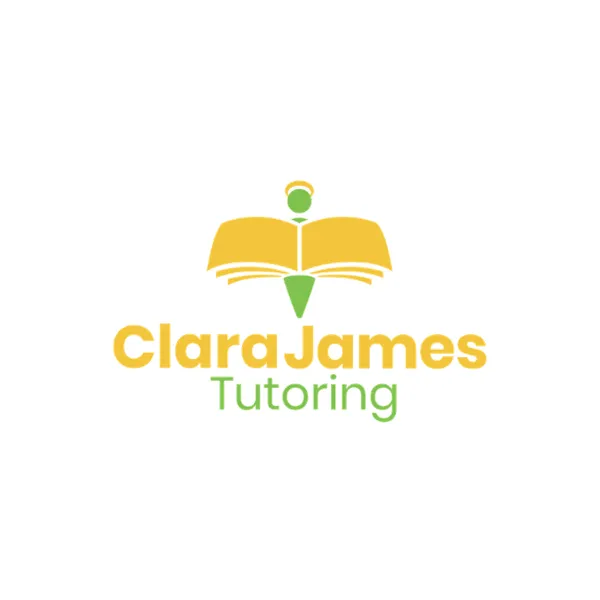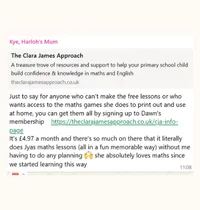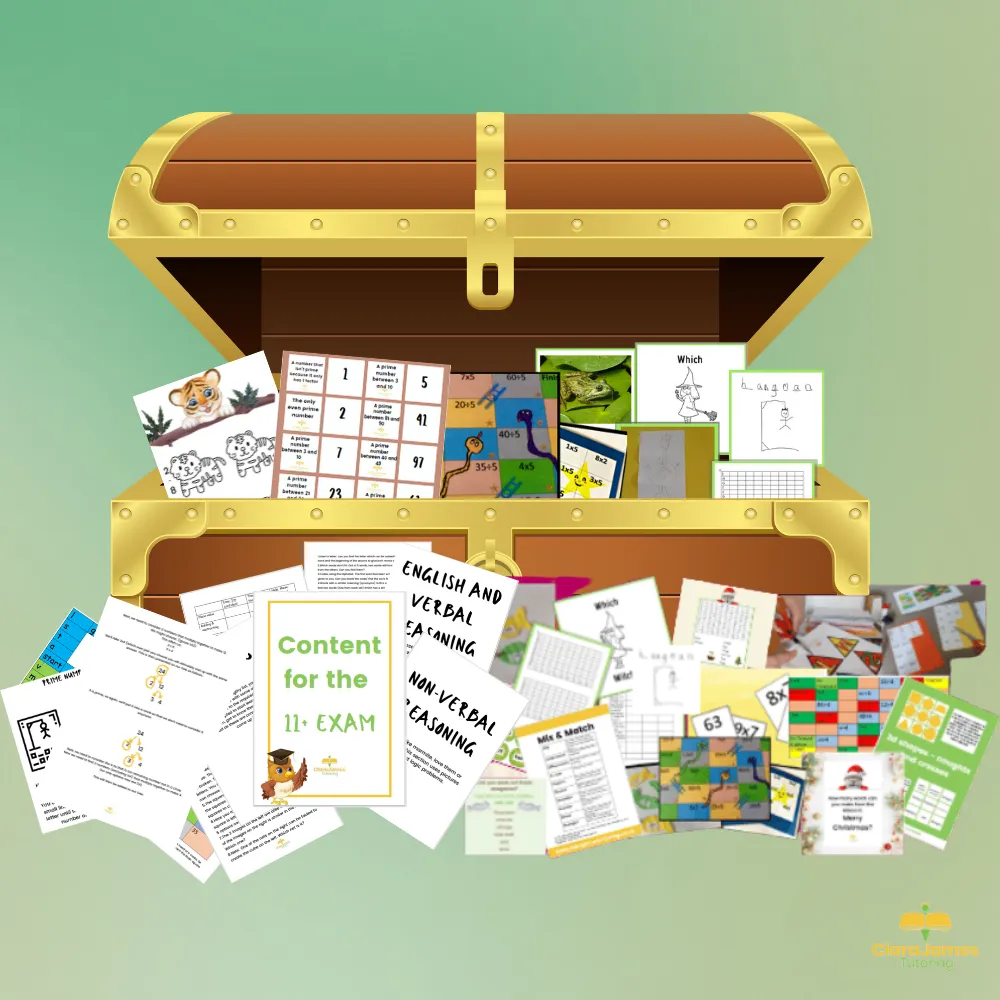
Are Free Educational Resources Really Enough for My Child?
You want to help your child learn at home, but suddenly, you're ten tabs deep into Pinterest, overwhelmed by choices, and your child is already huffing and puffing. Sound familiar?
With so many free educational resources available online, it feels like the answer should be simple. So why do so many parents still choose to pay for support?
Let’s explore what “free” really means, what value looks like, and how to find the right fit for your family.
If you'd rather watch a video version of the article click here
What Do We Really Mean by “Free”?
If you’ve chosen to home educate your child, it’s likely a decision made with great care and thought. While you're not tied to a rigid curriculum, there are probably times (especially in maths, English, or science) when you want some extra support.
Free resources can be a brilliant starting point. When my children were young, we were still in the days of dial-up internet. The wealth of resources that are available today simply did not exist.
Nowadays, a quick Google search or scroll through Pinterest now reveals thousands of printables and activities. It sounds great... until you actually start looking.
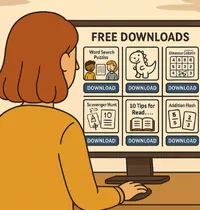
A quick Google search will reveal thousands of potential free resources at your disposal
The Search Spiral
You Type: "Times Tables Games For Free"
Before you even hit enter, you're already faced with a long list of suggestions.
Once the results load, you're scrolling.
And scrolling.
And scrolling...
It can feel like trying to decide where to go out for dinner — so many options, but which one should you choose? They all look so good...or wrong...
Your brain starts to frazzle before you've even picked an activity.
And then there’s your child.
The moment you finally choose something, they’ve lost interest or are growing impatient while you prep.
When Free Costs Time, Energy... and Sanity
Let’s be honest, free isn't always as “free” as it seems.
Free often means:
.
Hours searching for the right activity
Energy trying to tailor a generic worksheet
Stress when it doesn’t quite fit your child’s needs
Guilt when your child loses interest or gets frustrated
Real life moves quickly.
When I look after my four-year-old grandson, I often hear sighs of frustration if an activity takes too long to prepare. Unless it's worth the wait, it’ll only hold his attention for a few minutes.
Simple, Sensory Alternatives Work Wonders
One thing I have found that works well with younger children is using sensory alternatives. Write letters or numbers in sand or gloop (a simple mix of water and baking powder). Use playdough to shape letters or numbers. It is more engaging than writing on paper, and it helps create stronger, more lasting memories. These kinds of experiences open different neural pathways, making the learning easier to remember
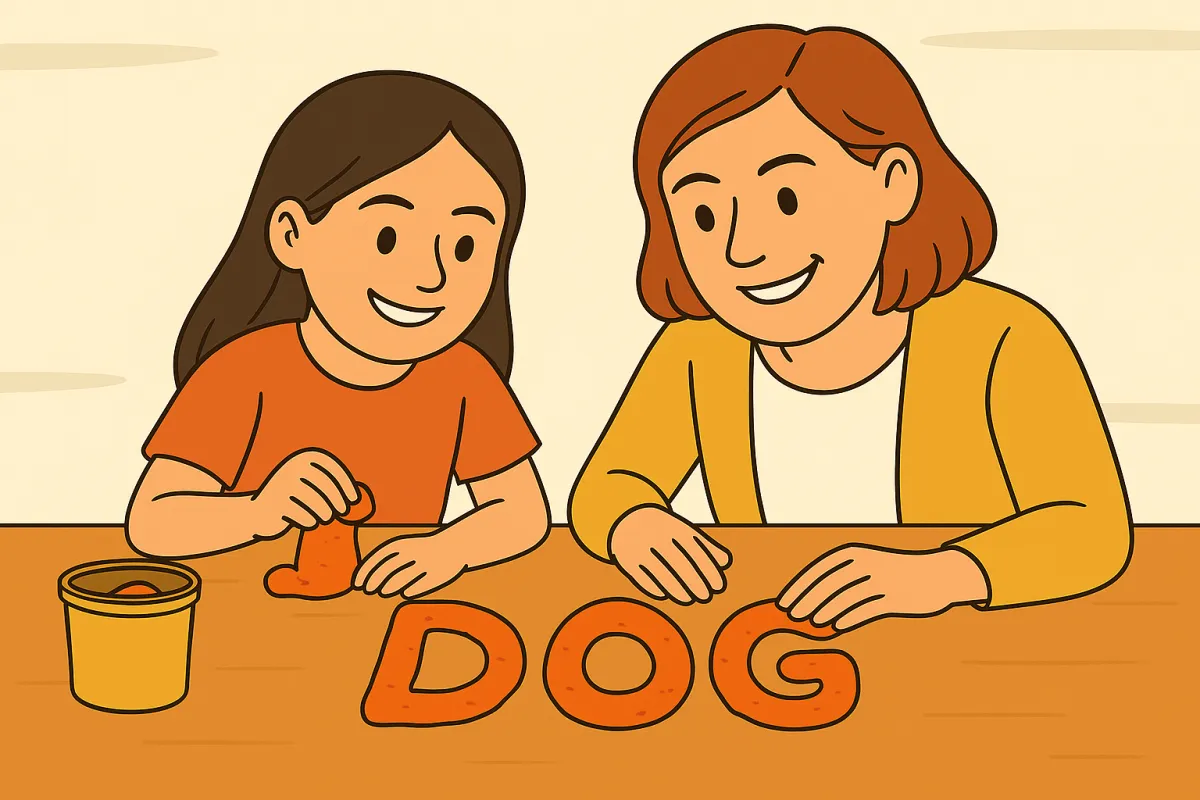
Use playdough to shape letters or numbers. It is more engaging than writing on paper, and it helps create stronger, more lasting memories.
What Makes a Resource Truly Supportive?
The real question isn’t “What does it cost?” but “Does it work for my child?”
A supportive resource adapts to the learner, not the other way around.
When my children were young, each needed something different:
Angel loved to read for hours, often at night by the streetlight outside her bedroom window
Clara wasn’t interested in books but thrived with creative, hands-on activities
Jamie was always happy to go with the flow
One-size-fits-all resources didn’t work then, and they don’t now. That’s why I believe in tools that include:
Visual prompts and hands-on options
Dyslexia-friendly fonts
Step-by-step scaffolding
Flexibility for different attention spans and learning styles
Whether I was parenting or working as a tutor, I saw how much easier learning became when the resource fit the child and not the other way round.
So Why Do Some Parents Choose to Pay?
You might wonder, “If I can find free resources, why would I pay?”
Because value isn’t just about price. It’s about:
Time saved from searching
Reduced stress and second-guessing
Confidence that what you’re using will actually help your child
For some, a one-off download for a pound or two is all they need. For others, a monthly subscription offers both consistency and peace of mind.
But often, it’s not just about the resources, it’s about the support.
Supporting your child at home can feel overwhelming. Questions swirl:
Am I doing it right?
What if I confuse them?
What if they push back?
Even when supporting your child was a conscious decision, doubt can creep in. That’s why many parents invest in resources that come with guidance, community, and reassurance.
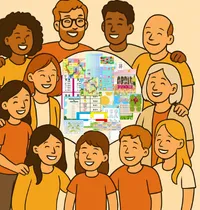
I believe that our role as tutors is to explain things in a way that works for the children we are working with in that moment.
Striking the Right Balance
For most families, a blended approach works best. Here's a snapshot of what’s available:
Free sites like TES and Primary Resources are full of brilliant ideas, though often more suited to experienced users.
Twinkl is packed with great materials, but starts at £8.99/month, which can be hard to justify if you only use it occasionally.
(Primary Resources - KS2, KS1, Early Years (EYFS) KS3, KS4, Twinkl)
Download-as-you-go platforms offer themed activities for a couple of pounds at a time.
Then there’s The Clara James Approach.
The Clara James Approach is £4.97/month. My goal when I created this membership wasn’t just to provide worksheets, it was as much about the support we could offer to parents:
Monthly bundles with creative resources
Zoom calls where you can ask questions and get ideas
A Facebook community where you're not alone
Guidance based on 25+ years in education, learning styles, and neurodiversity
What works for one family may be completely different for another. Some parents feel confident explaining new concepts, they just want to save time. Others feel unsure and appreciate extra support and encouragement.
What Really Matters?
As a parent, I think we all come back to the same question:
Is this helping my child grow in confidence and curiosity?
Whether you prefer to download free activities, design your own, or join a membership like the Clara James Approach, the most important thing is finding what works for your family.
It’s OK to ask for help. It’s also OK to do things your own way.
If you’d like to explore what we offer, we have a selection of free resources available at:
👉Clara James Approach Free Downloads
Or check out the full membership here:
👉 The Clara James Approach
Copywrite: Clara James Tutoring 2025
